General Surgery
- A temporary increase in average body temperature of 98.6°F (37°C).

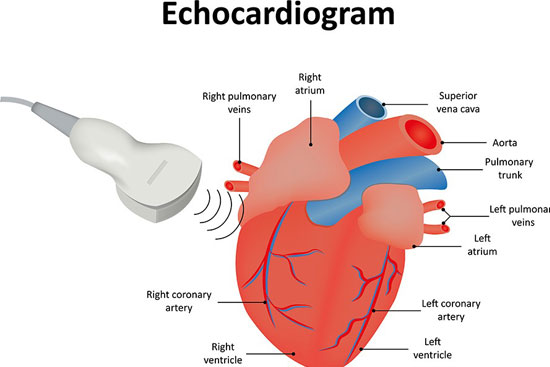
- A condition in which the force of the blood against the artery walls is too high.
- Usually hypertension is defined as blood pressure above 140/90, and is considered severe if the pressure is above 180/120.
- High blood pressure often has no symptoms. Over time, if untreated, it can cause health conditions, such as heart disease and stroke
- Diabetes mellitus refers to a group of diseases that affect how the body uses blood sugar (glucose).
- Glucose is an important source of energy for the cells that make up the muscles and tissues.
- It's also the brain's main source of fuel.
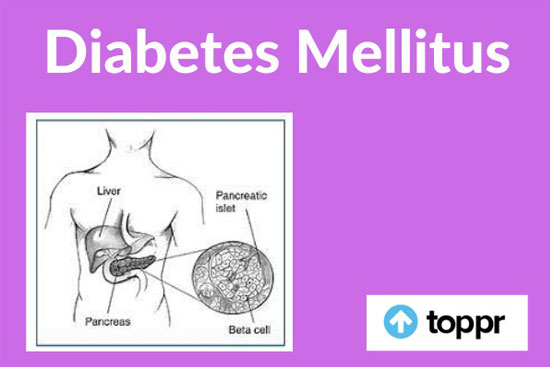
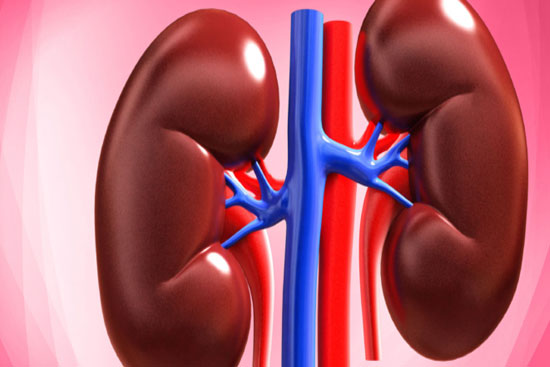
- You are at greater risk for kidney disease if you have diabetes or high blood pressure. If you experience kidney failure, treatments include kidney transplant or dialysis. Other kidney problems include acute kidney injury, kidney cysts, kidney stones, and kidney infections.
- Jaundice Yellow skin caused by the build-up of bilirubin in the blood.
- Jaundice may occur if the liver can't efficiently process red blood cells as they break down. It's normal in healthy newborns and usually clears on its own. At other ages, it may signal infection or liver disease.
- Symptoms include yellowing of the skin and whites of the eyes.
- Some newborns may require light therapy for a day or so. In other cases, treatment involves addressing the underlying cause
- A condition in which the blood doesn't have enough healthy red blood cells.
- Anaemia results from a lack of red blood cells or dysfunctional red blood cells in the body. This leads to reduced oxygen flow to the body's organs
- Symptoms may include fatigue, skin pallor, shortness of breath, light-headedness, dizziness or a fast heartbeat.
- Treatment depends on the underlying diagnosis. Iron supplements can be used for iron deficiency. Vitamin B supplements may be used for low vitamin levels. Blood transfusions can be used for blood loss. Medication to induce blood formation may be used if the body’s blood production is reduced


- High amounts of cholesterol in the blood.
- High cholesterol can limit blood flow, increasing the risk of a heart attack or stroke. It's detected by a blood test.
- High cholesterol has no symptoms.
- Treatments include medication, a healthy diet and exercise.
- A blockage of blood flow to the heart muscle.
- A heart attack is a medical emergency. A heart attack usually occurs when a blood clot blocks blood flow to the heart. Without blood, tissue loses oxygen and dies.
- Symptoms include tightness or pain in the chest, neck, back or arms, as well as fatigue, light-headedness, abnormal heartbeat and anxiety. Women are more likely to have atypical symptoms than men.
- Treatment ranges from lifestyle changes and cardiac rehabilitation to medication, stents and bypass surgery
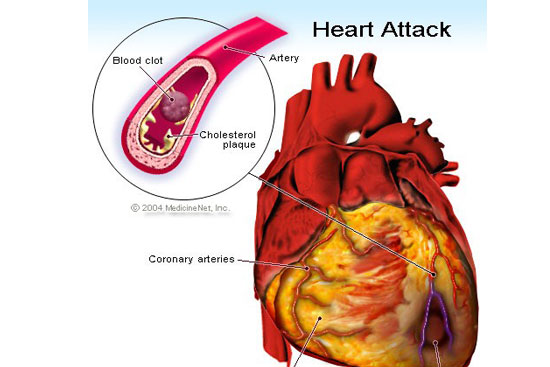
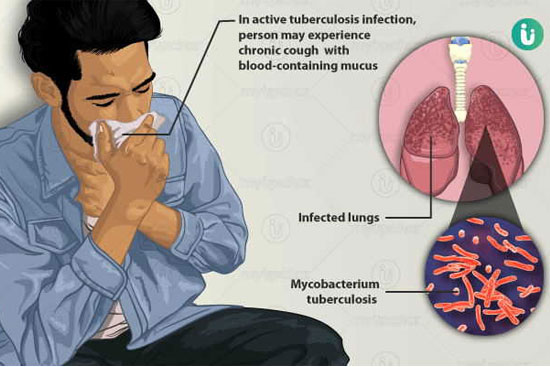
- A potentially serious infectious bacterial disease that mainly affects the lungs.
- The bacteria that cause TB are spread when an infected person coughs or sneezes.
- Most people infected with the bacteria that cause tuberculosis don't have symptoms. When symptoms do occur, they usually include a cough (sometimes blood-tinged), weight loss, night sweats and fever.
- Treatment isn't always required for those without symptoms. Patients with active symptoms will require a long course of treatment involving multiple antibiotics.
- A group of lung diseases that block airflow and make it difficult to breathe.
- Emphysema and chronic bronchitis are the most common conditions that make up COPD. Damage to the lungs from COPD can't be reversed.
- Symptoms include shortness of breath, wheezing or a chronic cough.
- Rescue inhalers and inhaled or oral steroids can help control symptoms and minimise further damage
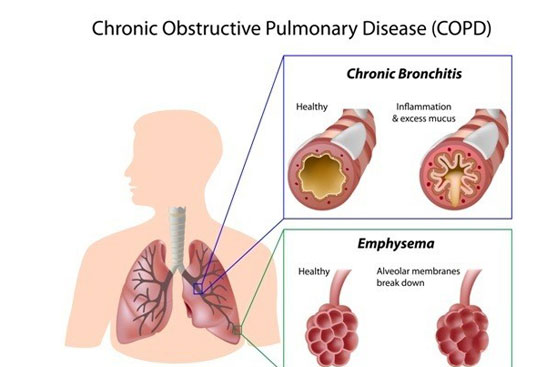
Surgery may be performed for a variety of reasons, including enhancing physical appearance, improving body function, or fixing broken or torn tissue.



Through a tube, our surgeon removes the stone. Our doctor breaks up the stone with sound waves or a laser and then uses a suction machine to remove the fragments.
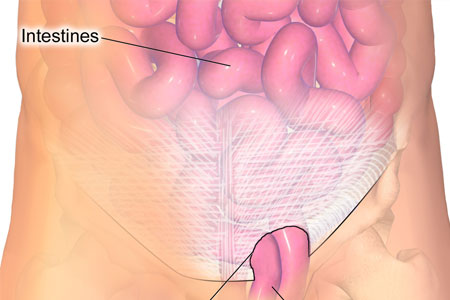
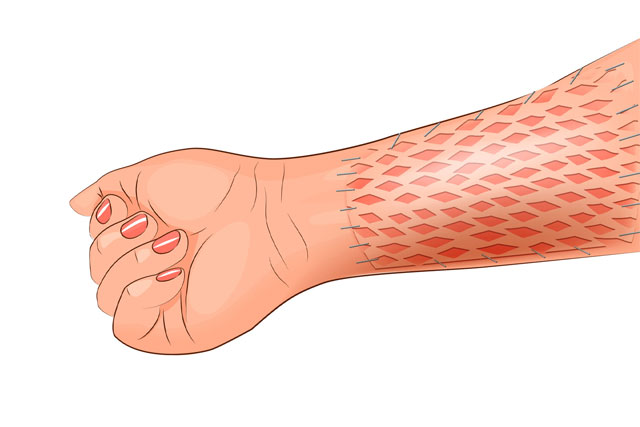
A treatment in which a patient’s healthy skin is transplanted to a new location on their body or to a different person.
A section of skin that has been transplanted to a different location on a patient’s body or to a different person.
A perianal abscess that is contained in the perianal area is known as a perianal abscess. Inflammatory bowel disorders like Crohn’s disease, trauma, or malignant origins are some more causes. Patients with complicated or recurrent abscesses ought to have their disease assessed.
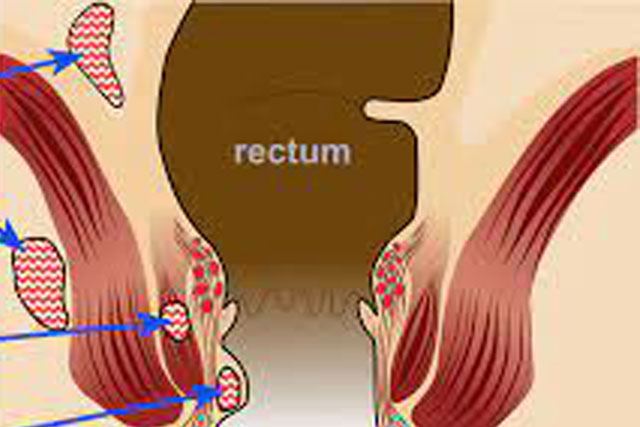
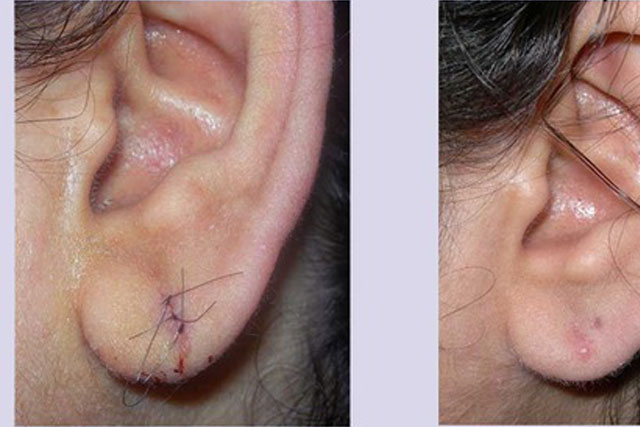
A perianal abscess that is contained in the perianal area is known as a perianal abscess. Inflammatory bowel disorders like Crohn’s disease, trauma, or malignant origins are some more causes. Patients with complicated or recurrent abscesses ought to have their disease assessed.
Endoscopy of the urinary bladder through the urethra is known as cystoscopy. An endoscope known as a cystoscope is used. The tube that transfers urine from the bladder to the outside of the body is called the urethra. Like a telescope or microscope, the cystoscope includes lenses.
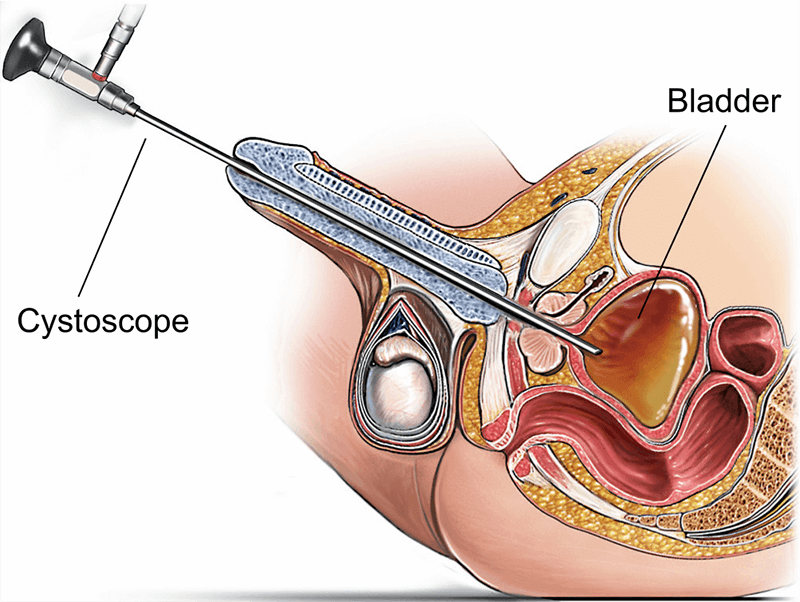

The foreskin is removed during circumcision. In the most typical procedure, the foreskin is extended with forceps, a circumcision tool may then be inserted, and finally, the foreskin is removed.